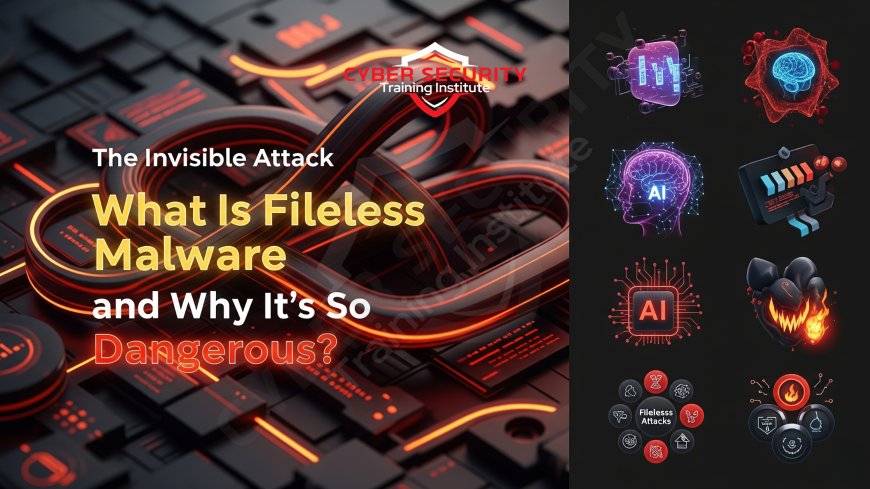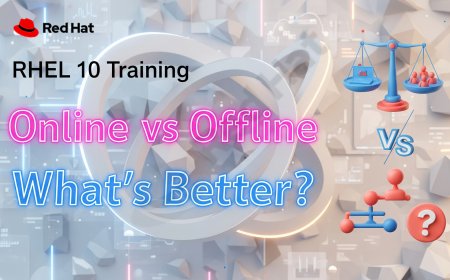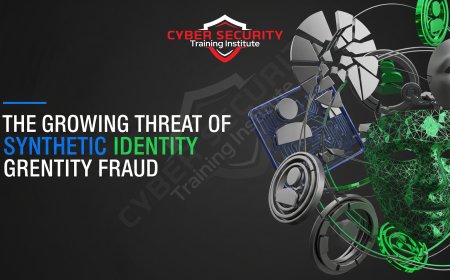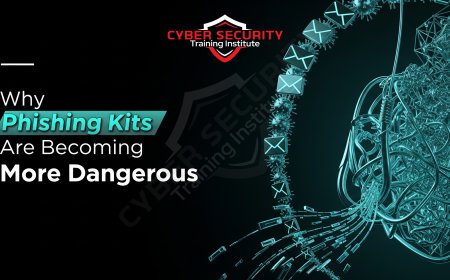The Invisible Attack | What Is Fileless Malware and Why It’s So Dangerous

Table of Contents
- What Is Fileless Malware?
- How Does Fileless Malware Work?
- Why Is Fileless Malware So Dangerous?
- Fileless Malware vs. Traditional Malware
- Real-World Examples of Fileless Malware Attacks
- How to Protect Against Fileless Malware
- Conclusion
- Frequently Asked Questions
What Is Fileless Malware?
Fileless malware, sometimes called non-malware or memory-based malware, is a type of malicious software that doesn’t rely on traditional executable files to infect a system. Unlike conventional malware, which might install a virus-laden file on your hard drive, fileless malware operates entirely in your computer’s memory (RAM). This means it doesn’t leave a physical footprint on your disk, making it nearly invisible to traditional antivirus software.
Think of it like a ghost moving through your system—it’s there, causing havoc, but you can’t see it with standard tools. Fileless malware often exploits legitimate system tools, like PowerShell or Windows Management Instrumentation (WMI), to carry out its attacks. Because it uses trusted processes already present on your device, it blends in seamlessly, making detection a significant challenge.
How Does Fileless Malware Work?
Fileless malware typically follows a multi-step process to infiltrate and harm a system. Here’s a simplified breakdown of how it operates:
- Entry Point: The attack often begins with a user action, like clicking a malicious link in an email (phishing) or visiting a compromised website. This might trigger a script, such as JavaScript, that runs in the browser.
- Exploitation: The malware exploits vulnerabilities in software, such as outdated browsers or operating systems, to gain access to the system’s memory.
- Execution: Instead of downloading a file, the malware runs malicious code directly in memory using legitimate tools like PowerShell, WMI, or macros in Microsoft Office.
- Persistence: Some fileless malware can create entries in the Windows Registry or Task Scheduler to ensure it remains active even after a reboot.
- Payload Delivery: Once inside, the malware can steal data, install additional malicious code, or even provide hackers with remote access to your system.
Because it avoids creating files, fileless malware sidesteps traditional antivirus scans that rely on detecting suspicious files or signatures.
Why Is Fileless Malware So Dangerous?
Fileless malware poses a unique threat because of its stealth and adaptability. Here are the key reasons it’s so dangerous:
- Hard to Detect: Since it doesn’t create files, traditional antivirus software often misses it. It blends in with normal system processes, making it difficult to spot.
- Exploits Trusted Tools: By using legitimate system tools, fileless malware avoids raising red flags. For example, PowerShell is a powerful scripting tool built into Windows, and attackers can misuse it without triggering alarms.
- Targeted Attacks: Fileless malware is often used in targeted attacks, such as those against businesses or government institutions, where attackers aim to steal sensitive data or disrupt operations.
- Rapid Spread: Because it operates in memory, fileless malware can spread quickly across networks, infecting multiple devices before anyone notices.
- Evolving Threat: Cybercriminals constantly refine fileless malware techniques, making it an ever-evolving challenge for cybersecurity experts.
The combination of stealth, speed, and reliance on trusted tools makes fileless malware a formidable adversary in the cybersecurity world.
Fileless Malware vs. Traditional Malware
To better understand fileless malware, let’s compare it to traditional malware in a clear, side-by-side format:
| Feature | Fileless Malware | Traditional Malware |
|---|---|---|
| Storage | Operates in memory (RAM) | Stored on disk as executable files |
| Detection | Hard to detect; no file signature | Easier to detect via file scans |
| Execution | Uses legitimate system tools | Runs its own malicious files |
| Persistence | May use registry or memory | Often stored on disk |
| Examples | PowerShell attacks, WMI exploits | Trojans, ransomware, viruses |
Real-World Examples of Fileless Malware Attacks
Fileless malware isn’t just a theoretical threat—it has caused significant damage in the real world. Here are a few notable examples:
- Equifax Data Breach (2017): Hackers used a fileless malware attack to exploit a vulnerability in Apache Struts, a web application framework. The attack allowed them to steal personal data from millions of people, highlighting the devastating potential of fileless malware.
- PowerShell-Based Attacks: Cybercriminals have increasingly used PowerShell scripts to deliver fileless malware. For instance, the Emotet banking trojan has employed fileless techniques to steal financial information and spread across networks.
- WannaCry Ransomware (2017): While primarily known as ransomware, WannaCry included fileless components that exploited Windows vulnerabilities to spread rapidly across systems.
These examples show how fileless malware can target both individuals and large organizations, often with catastrophic consequences.
How to Protect Against Fileless Malware
Defending against fileless malware requires a proactive, multi-layered approach. While it’s a tough opponent, you can take steps to reduce your risk:
- Keep Software Updated: Regularly update your operating system, browsers, and other software to patch vulnerabilities that fileless malware might exploit.
- Use Advanced Antivirus: Invest in modern antivirus software that uses behavior-based detection, which can identify suspicious activities in memory rather than relying solely on file signatures.
- Disable Unnecessary Tools: Limit the use of powerful tools like PowerShell or macros in Microsoft Office unless absolutely necessary, as these are common attack vectors.
- Train Employees: Educate yourself and your team about phishing emails and suspicious links, as these are often the entry points for fileless malware.
- Monitor Network Activity: Use network monitoring tools to detect unusual behavior, such as unexpected data transfers or connections to unfamiliar servers.
- Implement Endpoint Detection: Endpoint detection and response (EDR) solutions can monitor devices in real-time and identify fileless malware activity.
By combining these strategies, you can significantly reduce the chances of falling victim to a fileless malware attack.
Conclusion
Fileless malware represents a new frontier in cybercrime, blending stealth, sophistication, and speed to evade traditional defenses. By operating in memory and leveraging legitimate system tools, it poses a unique challenge for individuals and organizations alike. However, understanding how fileless malware works and adopting proactive security measures can help you stay one step ahead. From keeping your software updated to investing in advanced detection tools, every step counts in the fight against this invisible threat. By staying informed and vigilant, you can protect your digital life from the dangers of fileless malware.
Frequently Asked Questions
What is fileless malware?
Fileless malware is a type of malicious software that operates in a computer’s memory rather than on its hard drive, making it difficult to detect with traditional antivirus tools.
How does fileless malware infect a system?
It often enters through phishing emails, malicious websites, or software vulnerabilities, then runs malicious code in memory using legitimate system tools like PowerShell.
Why is fileless malware hard to detect?
It leaves no files on the disk for antivirus software to scan and blends in with trusted system processes, making it nearly invisible to traditional detection methods.
Can antivirus software stop fileless malware?
Traditional antivirus may struggle, but modern solutions with behavior-based detection can identify and stop fileless malware by monitoring suspicious activities.
What tools does fileless malware use?
It often uses legitimate system tools like PowerShell, Windows Management Instrumentation (WMI), or macros in Microsoft Office to execute malicious code.
How common is fileless malware?
Fileless malware is becoming more common, especially in targeted attacks against businesses, government agencies, and high-value individuals.
Can fileless malware spread across networks?
Yes, it can spread quickly across networks, especially if it exploits vulnerabilities or gains access to multiple devices through shared resources.
What is an example of a fileless malware attack?
The 2017 Equifax breach involved fileless malware that exploited a vulnerability in Apache Struts to steal sensitive data from millions of people.
Can fileless malware steal my data?
Yes, it can steal sensitive information like passwords, financial details, or personal data, often without leaving a trace.
How can I tell if I’ve been infected with fileless malware?
Look for signs like unusual system slowdowns, unexpected network activity, or strange behavior in applications, though detection often requires advanced tools.
Can fileless malware be removed?
Yes, but it requires advanced antivirus or endpoint detection tools that can monitor memory and system behavior to identify and eliminate the threat.
Does rebooting my computer remove fileless malware?
Not always, as some fileless malware can persist through reboots by modifying the Windows Registry or Task Scheduler.
Are businesses more at risk from fileless malware?
Yes, businesses are prime targets due to their valuable data and complex networks, but individuals can also be affected.
Can fileless malware affect mobile devices?
While less common, fileless malware can target mobile devices, especially if they run vulnerable apps or operating systems.
How can I prevent fileless malware attacks?
Keep software updated, use advanced antivirus, disable unnecessary system tools, and educate yourself about phishing and suspicious links.
What is behavior-based detection?
It’s a security approach that monitors how programs behave rather than scanning for specific files, making it effective against fileless malware.
Can firewalls stop fileless malware?
Firewalls can help block malicious network connections, but they’re not enough alone, as fileless malware often enters through user actions like clicking links.
Is fileless malware used in ransomware attacks?
Yes, some ransomware, like WannaCry, has used fileless techniques to spread and infect systems.
Should I disable PowerShell to avoid fileless malware?
Disabling PowerShell can reduce risk, but it’s a useful tool for some users. Consider restricting its use to trusted tasks and monitoring its activity.
How often do I need to update my software to stay safe?
Check for updates at least monthly, but enable automatic updates for critical software like operating systems and browsers to stay protected.
What's Your Reaction?
 Like
0
Like
0
 Dislike
0
Dislike
0
 Love
0
Love
0
 Funny
0
Funny
0
 Angry
0
Angry
0
 Sad
0
Sad
0
 Wow
0
Wow
0
















